In his lecture, Kirchner told about his research to measure the speed of receding of the most distant galaxies that can be observed in order to find the most accurate values of Hubble's constant
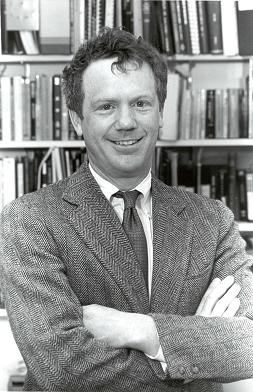
During his visit to Israel, Prof. Robert Kirchner visited the Ben-Gurion University of the Negev as a guest of the Dean of the Department of Natural Sciences, Prof. Avhram Perola, and the Dean of the Kreitman School, Prof. Rami Borstein, and received the Ben-Gurion Medal from them.
Kirchner, one of the most important cosmologists in the world today is the main researcher of the high-z-supernova group. As part of their research, the members of the group use giant telescopes located in the southern half of the earth to measure the speed of receding of the most distant galaxies that can be observed. The group's goal is to find accurate values to determine the Hubble and through them find out how the universe is expanding, whether it will continue to expand forever and what is the composition of the matter in the universe.
In 1917, Albert Einstein added to the equations of the theory of relativity a constant called the "cosmological constant" which can describe a static universe - one that has existed ever since - and forever, without beginning and without end, just a few years later when Hubble published his discovery - "The paler a galaxy is - the faster it recedes grew" and provided conclusive proof of the Big Bang theory, Einstein retracted and, according to stories, called the cosmological constant "my biggest mistake". The graph that Hubble showed depicted a direct relationship between the galaxy's distance (and therefore its degree of brightness) and the speed at which it moves away from us, since there are galaxies that are brighter than others, its degree of accuracy was low, and a "standard candle" of constant light was needed - one that would change only because of its distance from us.
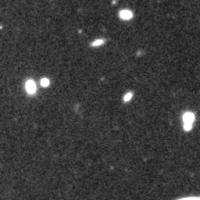
Such candles are too bad to "see only", by analyzing the light curve coming from them - spectroscopy - the distance to these objects can be found with great accuracy, and even their speed. Hubble used variable stars called cupids, whose brightness varies according to their mass, but it is very difficult to distinguish individual stars in the vast distances of the universe and the brightness of galaxies is not completely constant. Today, the most successful candle, the one used by the high-z-supernova group, is type Ia supernovae. On average, once every 100 years in each galaxy, one of its 100 billion stars collapses under the strain of a star's life in a massive explosion called a supernova.
In order for stars to burn, gravity is needed, which causes enormous heat in which atomic nuclei combine in a fusion process with heavier atomic nuclei. This is how almost all the elements we know were created, only the most basic opaque hydrogen was created in the big bang. In the cores of the stars, heavier elements were slowly formed, the hydrogen turned into helium which in turn turned into carbon and in stars heavier than our sun the process will go on and on until iron. After the core of the heaviest stars will turn into iron, the nuclear fusion is no longer effective and the heat emitted by the fusion will stop - the gravity that constantly pressed the star in an attempt to shrink further and further will get a golden opportunity. Neutrons, these stars are called "neutron stars". If the original star was heavy enough, and gravity is so strong that the contraction does not stop in the neutron stars, a black hole will form. In this contraction, a rich explosion is created which ejects huge amounts of matter and even causes the creation of the heavy iron atoms, these are type II supernovae.
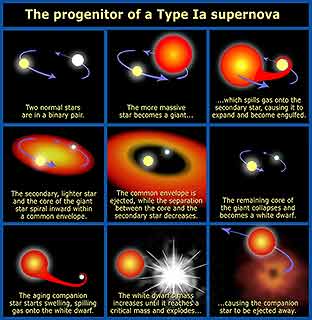
There is a type of supernova that is even brighter than those type II supernovae and these are type Ia supernovae, apparently they are formed when in a double star system (two suns orbiting each other) in which one of the stars is a white dwarf (the star that remains from the core of stars the size of the sun after their death) that absorbs material From the second star. The material accumulates on the edge of the white dwarf more and more until the mass of the white dwarf is 1.4 times the mass of the Sun or then the white dwarf becomes a neutron star in a massive explosion - a type Ia supernova whose brightness is 10 times and sometimes even 100 times the brightness of a type II supernova. These explosions are so huge that one star is able to emit light in an amount equal to an entire galaxy.
But the brightness of a type Ia supernova is not completely constant, but thanks to the discovery made at the Cerro Tololo observatory, they can be used as a "standard candle". The brighter such a supernova is - its fading is more prolonged and may last even a month before the star becomes pale beyond our ability to see it. With the help of this information, the high-z-supernova group analyzed photographs of thousands of supernovae in distant galaxies and made it possible to extend the graph showing the Hubble constant towards the period of the formation of the first stars, the result obtained was stranger than we imagined, it turns out that in those ranges the speed of the galaxies moving away from us is increasing That is, the expansion of the universe is accelerating!
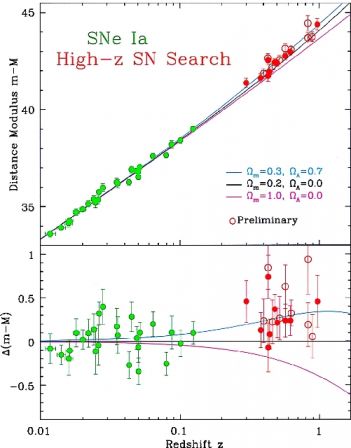
high - z - supernova results in the upper graph, as the galaxies are further away, their speed of receding increases - and then accelerates! In the lower graph - the same data is shown without the gradient, if the universe was not accelerating, the distant supernovae should also have been scattered around the black line, their dispersion along the blue line shows that the future of the universe - to accelerate its expansion. (Image from website University of Colorado)
In nature we know four basic forces, the nuclear forces - strong and weak, which are hardly felt outside the atom, the electric/magnetic force and the gravitational force which explains the rotation of the planets around the sun, the sun around the galaxy and will even cause that in a few billion years our Milky Way galaxy will collide In the Andromeda Galaxy. One of the most significant insights of the high-z-supernova group is that instead of forgetting gravity and slowing down the speed of the expansion of galaxies, they are actually accelerating, something that gave birth to the concept of "dark energy" which we are very far from understanding, but according to their results dark energy makes up over 70% of the matter in the universe ! The search for the essence of dark energy is one of the most fascinating today in the field of cosmology and in basic science in general. The group's results are consistent with other studies regarding the formation and end of the universe such as the WMAP satellite for the study of the cosmic background radiation and even the results of their competitors Supernova Cosmology Project.
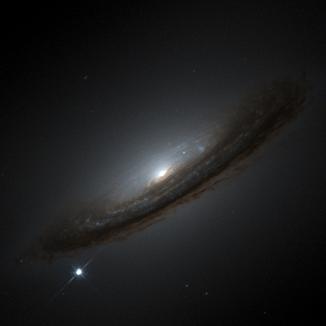
According to Kirchner - even well-equipped amateurs can take part in these studies, telescopes connected to sensitive CCD cameras which in the past were rare to very common - and even in Israel (*AB) can help track supernovae and even discover new supernovae.

6 תגובות
Masz juz plan na wakacje? Jesli nie to polecam wakacje w [url=http://www.jacek.ta.pl]mielno[/url]
Black hole bring me pictures or movies black hole and tit of girls
What is the speed of expansion of the universe right now?
There is a theory that says that the speed is higher than the speed of light.
If so, how is it possible to see the galaxies receding?
exciting!